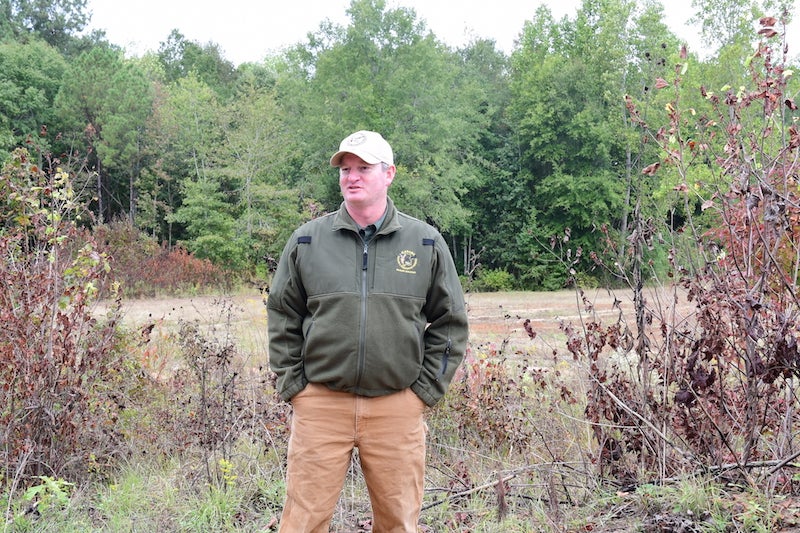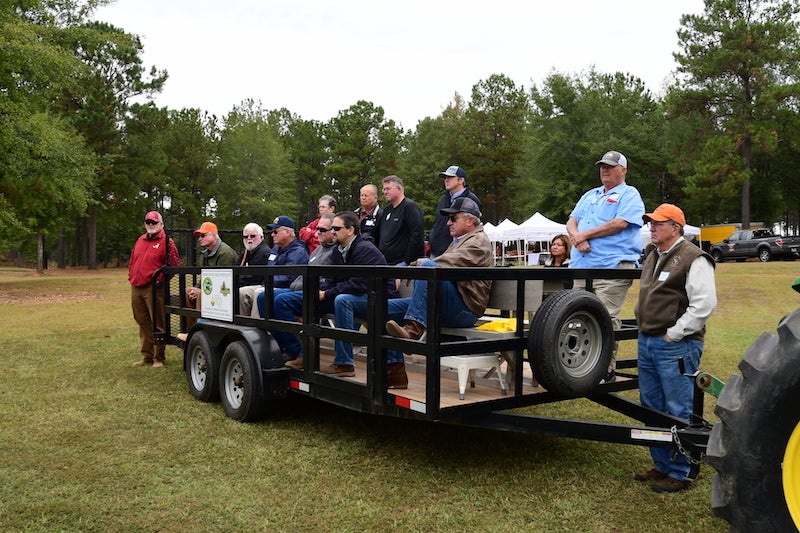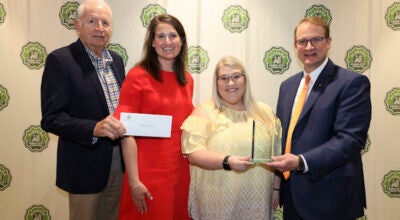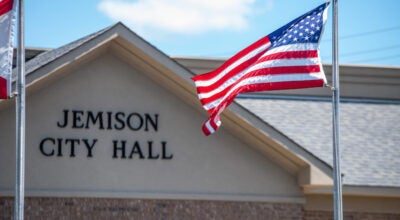Best practices on display at Honey Locust Farm
Published 12:56 pm Monday, October 21, 2019
|
Getting your Trinity Audio player ready...
|
By JOYANNA LOVE/ Senior Staff Writer
Honey Locust Farm served as the location for the Chilton Natural Resources Council’s landowner tour on Oct. 11.
Attendees learned about land management best practices while touring the property and hearing presentations by knowledgeable people in the field.
Property owner Rodger Overton said he worked with Brian Smith of Alabama Forestry Commission and John Pirtle of Pirtle Forestry Services for a long time to get the property to where it is today.
He said he wanted to be able to “show off the place but also to show off their work” by being a host site for the tour.
Attendee Phyllis Cofer said she wanted to enjoyed hearing the presentations on the “forest and animals and preservation of the ecosystem.”
She said she had wanted to attend the event to hear how the pond had been developed because she is interested in having one on her property.
This year topics included pond management, site preparation methods, invasive species management, wildlife food plot management and understory release/competition control.
Smith said speakers are chosen based on what can be showcased on the property.
“The thing I like the most about it is getting professionals here … just to share their knowledge, just to share their wisdom,” Smith said.
Chas Moore, a wildlife biologist with Alabama Wildlife and Fisheries for Cahaba River and Mulberry Fort wildlife management areas, presented information on wildlife food plot management.
The presentation highlighted the differences for warm and cool season food plots. He said a warm season plot should be at least two to four acres. Iron and clay cowpeas do well in these plots.
A cool season food plot, however, can be as small as a quarter of an acre. Cool season food plots are specifically designed to attract deer, who do most of their growing in the warm season, so the food plot needs to be smaller in the cool season to actually attract them, Moore said.
Being relatively flat and having good drainage are important for getting the grass and grain planted to grow well. Moore also recommended getting a soil test before starting.
Lack of rain has created issues with trying to start the planting of cool season food plots this year.
“If we are going to have a drought it is usually going to be the end of September, first of November time period,” Moore said. “I have found out through trial and error over the years that if you will just wait until October for your planting anyway you are much better off. You are going to get some cool fronts coming in and with cool fronts that means rain.”
He said some people want to plant in September to be ready for bow season. Moore suggested hunting near hardwoods would be a better alternative.
Moore also cleared up some misconceptions about Alabama allowing baiting for white-tail deer and feral swine.
A baiting privilege license is required, and it is only good on privately-owned land.
South Eastern Pond Management talked about stocking a pond and using electricity to study the health of the fish, including predator and prey ratios. Some fish are tagged with a number to study growth. Fish feeders were used in the tour property to feed the bluegill, which are the food for the bass in the pond. Equipment to force air into the water and create a vertical current to keep oxygen in the top layer of water was also in place.








